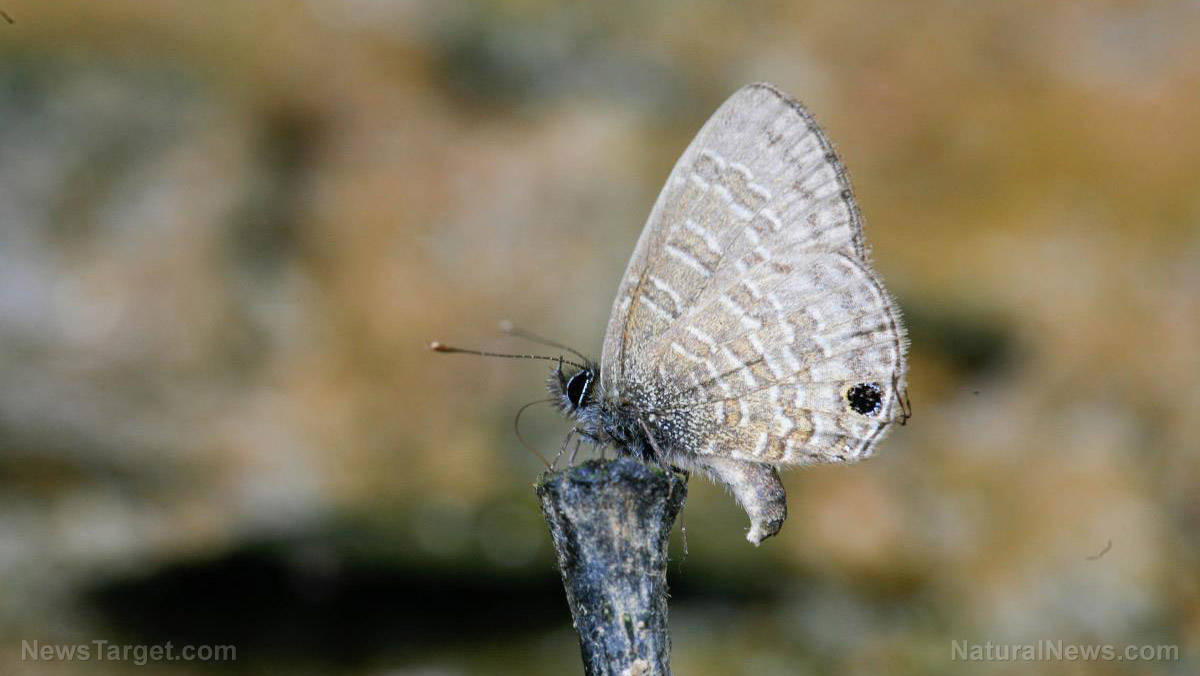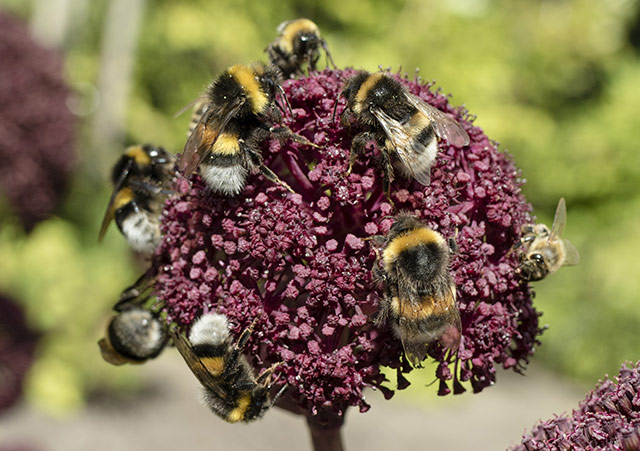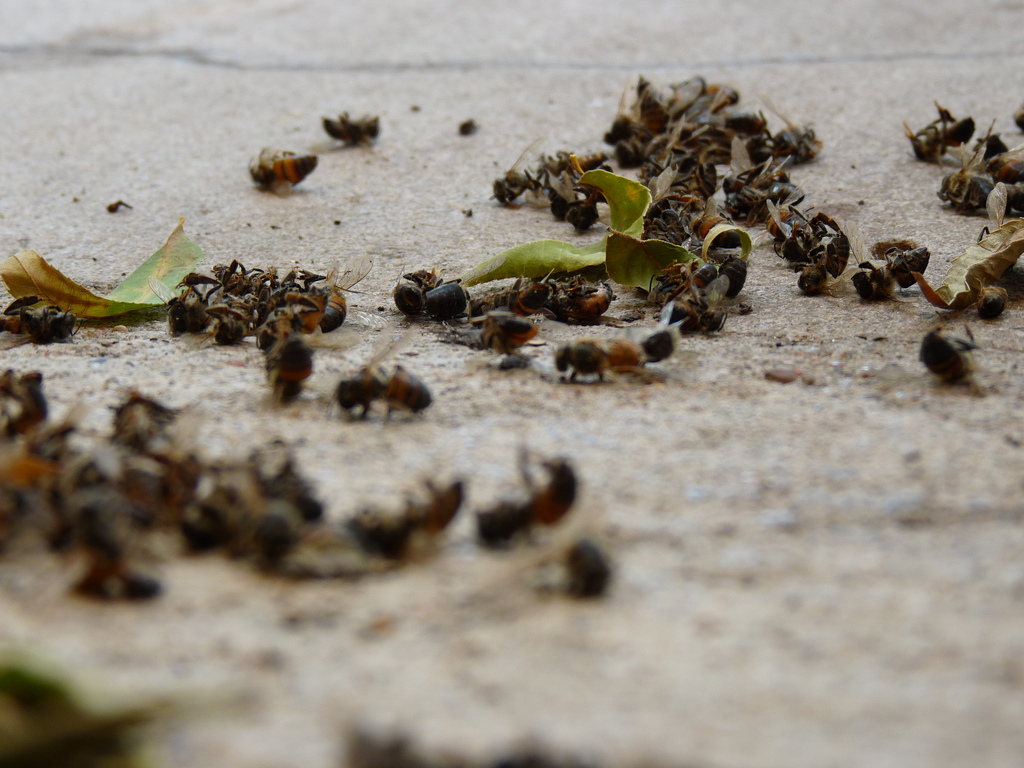
The firm’s device, which is known as the Photonic Fence, essentially zaps insects with remarkable precision. Using a wall of near-infrared light, it seeks out specific insect species and zaps as many as 20 of them in a second using a laser that can kill each one in just 25 milliseconds. It reportedly destroys 99 percent of the insects it identifies, leaving their carcasses on the ground.
Cameras and other types of optics are used to scan for insects within the device’s radius, analyzing the velocity, acceleration and form of the insects it finds along with their wing-beat frequency to determine which belong to the pre-set “kill list.” It’s even capable of distinguishing female mosquitos from males by reading the way in which they fly.
The Photonic Fence has a “kill zone” that extends 30 meters across and three meters vertically, and it has already been shown to successfully target and kill mosquitos, fruit flies, and Asian citrus psyllids.
The project’s technical lead, Arty Makagon, says that the device uses an invisible, eye-safe laser that makes clean kills. It is calibrated to provide the precise amount of heat required to kill the insects without wasting any power. When the insects it kills are placed under a microscope, he says there are no singe marks or gaping wounds and it’s not possible to tell where they were shot.
Device doesn’t harm bees
Crucially, this device can kill pests without harming bees, which are vital for cross-pollination and the proliferation of trees and crops. Pesticides are being blamed for the annual colony losses in bees of 45 percent over the two-year period from 2012 to 2014 in the U.S. alone, and the serious threat to their existence posed by pesticides is considered a matter of public concern the world over as bees pollinate more than 80 percent of the wild plants and crops in Europe.
The device was originally conceived in 2009 as a way to help prevent the spread of malaria in Sub-Saharan Africa. Intellectual Ventures’ Jeremy Salesin says that remains a key aim, but getting the price down to a reasonable sum means creating a large number of units and gaining some real-word results using them.
Its first field trials are taking place at a USDA site in Florida, where it will be used to target the Asian citrus psyllid. This insect has caused the state’s orange production to drop by half since 2005 by spreading a disease that stops the fruit from ripening. Pesticides have failed to stop these pests, and some farmers have even been left wondering if it’s possible to control them at all.
It will first be tested inside a screen house, where psyllids will be released. After proving it can successfully avoid harming bees, it will replace one of the walls of the screen house before several devices are eventually used to create a perimeter surrounding a block of citrus trees.
Should initial tests prove successful, the technology could eventually make its way to other parts of the world to help fight against malaria and the Zika virus. There are also plans to sell it to farmers who are looking for safer and more effective ways to protect their crops.
While not much has been reported about its long-term safety, it’s hard to imagine something like this being any worse for the environment or humans than the carcinogen glyphosate that is widely used right now and is destroying ecosystems and sickening people all over the planet.
Find more stories about technology for our future at FutureScience.news.
Sources:
Please contact us for more information.























